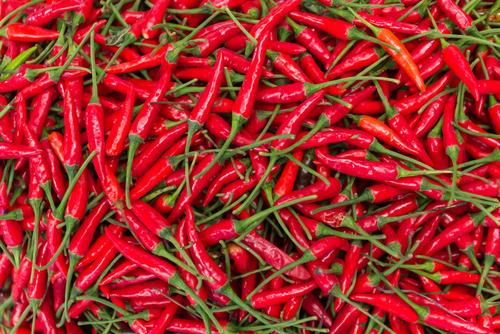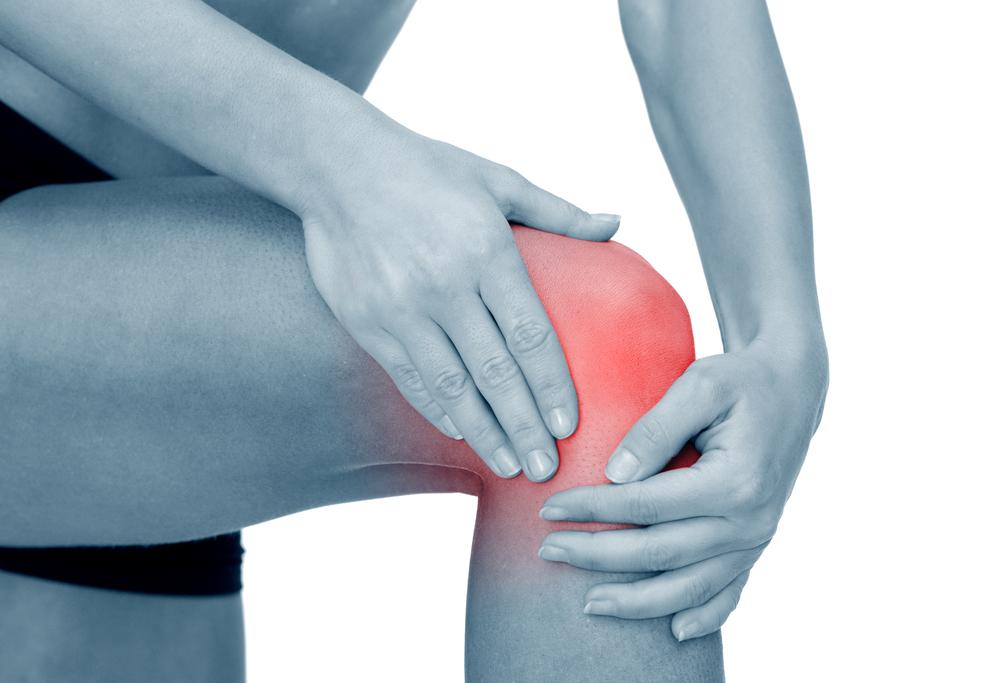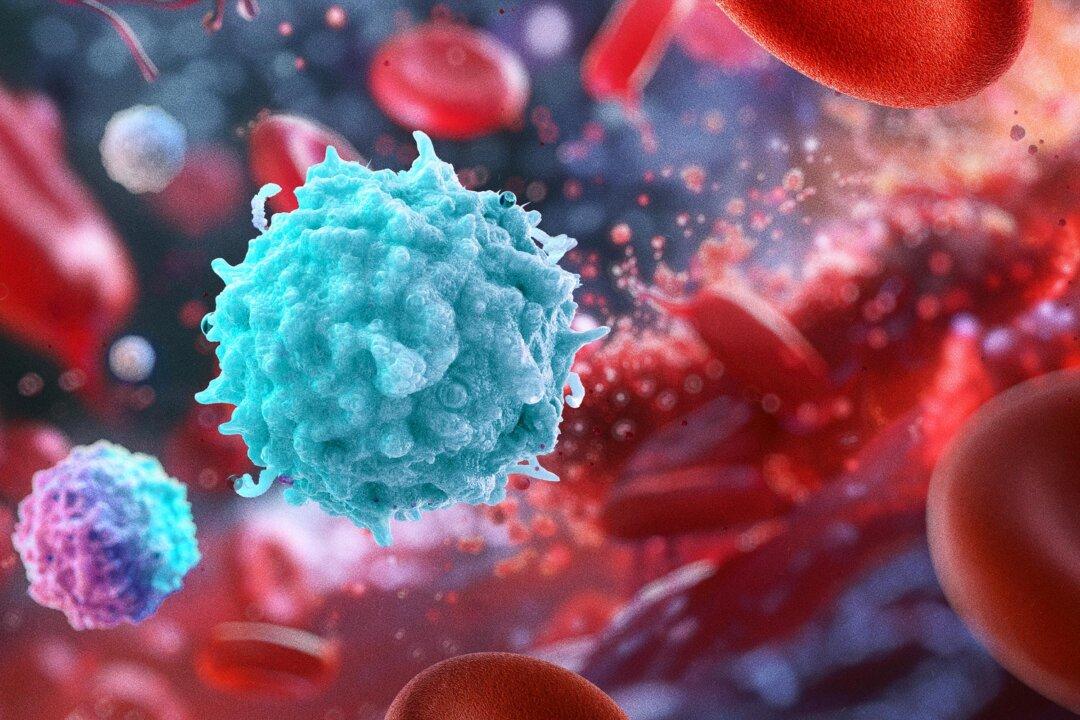Ice it.
Your trainer, coach, doctor, or chiropractor may offer such advice for a sprain or injury with bruising and inflammation. After all, ice is part of the widely recommended RICE routine (rest, ice, compression, and elevation) for acute muscle trauma.
Many health professionals suggest ice because cold constricts blood vessels, reducing pain, inflammation, and swelling. Unfortunately, cold also prevents healing.
Athletes often believe that the application of ice speeds recovery time following a strenuous workout, yet science tells a different story. Studies reveal that cold delays recovery, and the longer someone uses ice on an injury the worse the effect. Other studies show that ice impairs athletic performance, at least temporarily.
The latest study on the drawbacks of ice comes from the Institute of Health and Biomedical Innovation at Queensland University of Technology in Australia, where a research team looked at the rate of healing in rats with thigh contusions.
Biomarkers for blood vessel formation and muscle regeneration were found to be slower in the ice group compared with the non-ice group. Researchers wrote that their “findings challenge the practice of using ice” and cautioned health professionals to reconsider their treatment strategy for acute soft tissue injuries.
Healing Heat
Modern science is validating what traditional Chinese medicine has recommended for thousands of years, that healing requires warmth.
The principle is simple: Heat encourages circulation while cold restricts it, and circulation is what is needed for tissue repair. According to Brandon LaGreca, acupuncturist at East Troy Acupuncture in East Troy, Wisconsin, those who wish to use ice for pain relief need to understand the compromise involved.
“When I counsel a patient, I say we have at least good evidence that in the first 24 hours after an injury ice is okay. Not great, but okay. It takes down the swelling and makes somebody more comfortable,” LaGreca said. “After that, generally heat is better because it increases the circulation and helps the healing response.”
Inflammatory Types
Most health experts agree that only heat is appropriate for chronic pain issues. But there is big debate on when, if ever, to use cold.
Redness, swelling, and heat are signs of inflammation, a word that comes from the Latin “inflammare,” which means “to set on fire.” So if you’re burning with pain, you’re naturally tempted to call on cold.
But LaGreca says that inflammation is actually part of the healing response. “That is your body’s wisdom. That is what your body is doing purposefully to heal that area,” he said. “Ice counteracts the swelling and heat, but then you’re also counteracting your body’s wisdom of what it needs to be doing.”
You may have heard that inflammation is bad and should be stopped. This is not always true. The confusion stems from the limits of vocabulary. Acute inflammation is much different than chronic inflammation, although they share the same name.
Chronic inflammation is the bad kind. It usually results from a poor diet and prolonged stress. Chronic inflammation (sometimes called systemic inflammation) takes months and years to accumulate and can be very difficult to get rid of. Examples include arthritis, cancer, diabetes, Alzheimer’s disease, and ulcers.
Acute inflammation is a different story. It arrives suddenly and leaves after its job is done. Acute inflammation is a healthy, localized, deliberate response that you don’t want to mess with too much.
“The body is doing it for a reason, and we have to respect and honor that, and try not to suppress that action,” LaGreca said.







